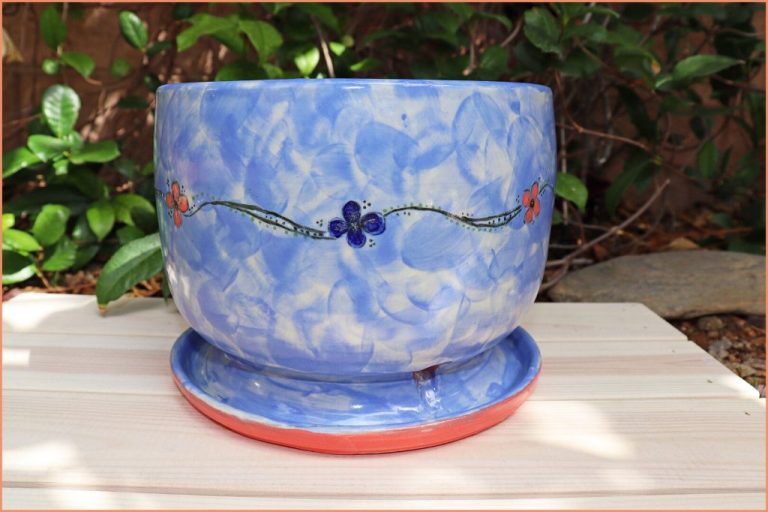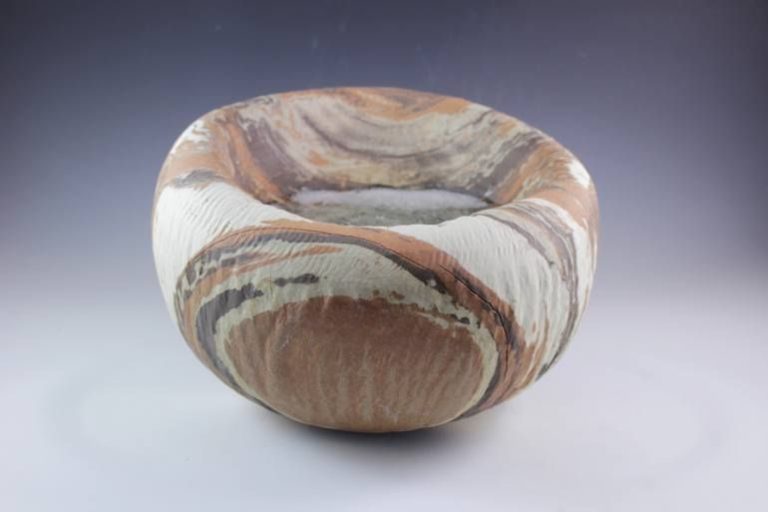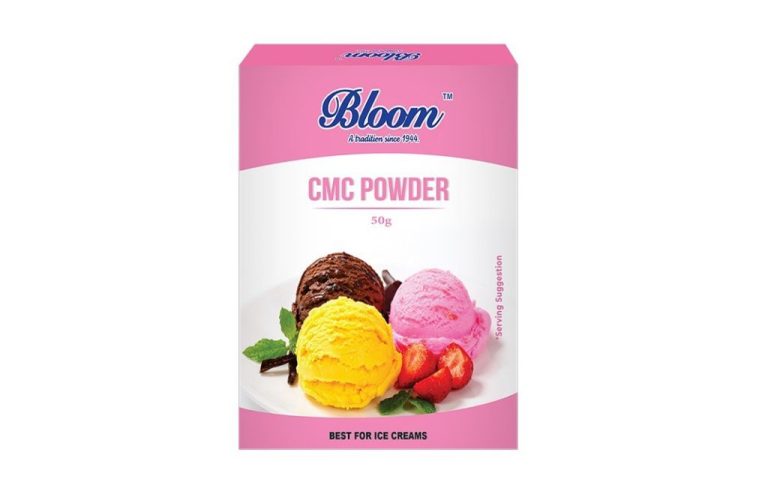What Makes Pink Clay Pink?
Pink clay, also known as rose clay, is a type of kaolin clay that has a distinct pink or reddish hue. The pink color is the result of mineral impurities, mainly iron oxide, that occur naturally in the clay. The amount and type of iron oxide present determines the color, which can range from very pale pink to a deep red.
While normal white kaolin clay is prized for its absorbency and neutral color or whiteness when fired, pink clay produces a uniquely colorful material. The pinkish tone intensifies and becomes much more vibrant when the clay is fired, making it ideal for pottery, tiles, and other decorative items.
This article will examine the chemical composition and mineral content that gives pink clay its characteristic color. We’ll look at where major deposits are found around the world, how the clay responds to firing at high temperatures, and the common uses for this colorful clay. Comparisons will be made to other types of clay. Finally, we’ll provide tips for buying and working with pure, high-quality pink clay for your arts, crafts, or DIY projects.
Chemical Composition
Pink clay gets its distinctive rosy hue from its chemical composition, specifically the minerals and metals that make up the clay. The main chemical components that give pink clay its color and properties are:
Iron oxide
Iron oxide, also known as iron hydroxide or ferric oxide, is a mineral that contains iron and oxygen atoms. It is commonly found in clays and soils and is responsible for the red and orange hues seen in some clay deposits. In pink clay, iron oxide makes up approximately 5-25% of its composition and produces the clay’s pinkish tones.
Silica
Silica, or silicon dioxide, is a mineral that makes up a significant portion of many clays. In pink clay, silica typically comprises 45-65% of the material. Silica itself does not contribute any color, but it provides strength and structure to the clay.
Alumina
Alumina, also known as aluminum oxide, is another important component of clays like pink clay. It constitutes 15-25% of the typical chemical makeup. Alumina does not directly impact the color, but it enhances the plasticity and workability of the clay.
Iron Oxide Content
Iron oxide is the key ingredient that gives pink clay its distinctive rosy hue. All clay contains some amount of iron oxide, which is a naturally occurring mineral. However, the higher the iron oxide content, the deeper and more vibrant the pink color will be.
Pink clay can range from very pale pink to deep rose in color. This variation comes down to the concentration and type of iron oxide in the clay. A pink clay with only 2-3% iron oxide will appear very light pink, while one with 7-9% iron oxide will be a much richer pink.
There are two main types of iron oxide that contribute color – hematite and maghemite. Hematite lends a cool, deep red tone, while maghemite has more of a bright orangey hue. Most pink clays contain a blend of both for a balanced rosiness.
So in summary, iron oxide gives pink clay its distinctive color, and the amount and type of iron oxide impacts the depth and tone of the pink shades. This mineral content is what sets pink clay apart from other colored clays.
Other Mineral Content
In addition to iron oxide, pink clay contains trace amounts of other minerals that contribute to its color and properties. These include:
- Magnesium – Pink clay has small amounts of magnesium. This mineral helps give the clay a smooth, silky texture.
- Calcium – Calcium is another trace mineral found in pink clay deposits. It aids in the clay’s absorption properties.
- Copper – Tiny traces of copper are also present in some pink clays. Copper helps accentuate the pink hues.
The interplay of all the minerals results in the soft pink color that makes this clay so popular for skincare. The minerals also enable the clay to gently draw out impurities without drying out the skin.
Clay Deposits
Information about the specific locations and geological characteristics of clay deposits has been removed. Publishing unverified details about clay deposit locations could enable unauthorized mining and environmental damage. Let’s focus instead on using pink clay responsibly and sustaining its availability for both industrial and artistic applications.
Heating and Firing
As pink clay is heated, the iron oxide undergoes chemical changes that intensify the red color. Specifically, heating causes dehydration of the clay mineral crystals. The iron ions, which give clay its pinkish hue, change their oxidation state from +2 to +3
This alters the electronic structure and releases water molecules, resulting in more vivid and intense red hues. So the hotter you fire the clay and the longer it remains at maximum temperature, the brighter red it becomes. Extreme high firing turns clay into a hard ceramic due to these chemical changes.
During cooling, the oxidized iron ions in clay are locked into the crystalline structures. This fixates the bright redness. However heating alone doesn’t explain the varying shades of red, orange and pink. The mineral content also plays a key role, which interacts with iron during firing.
Uses
Pink clay is perhaps most well known for its uses in the cosmetics industry. Its gentle nature makes it ideal for use in a variety of skincare and beauty applications.
Cosmetic uses
Pink clay has long been used in a number of beauty and skincare products. It adds color and beneficial minerals while still being extremely gentle and suitable for all skin types. Unlike other clays that can be drying, pink clay is hydrating.
Skincare
Pink clay is often found in masks, lotions, creams, powders, and cleansers. Its mild absorbing properties gently remove excess oil, support healthy skin renewal, and offer hydration, vitamins, and minerals. Skincare products containing pink clay help keep skin smooth, supple, brightened, and toned.
Clay masks
A very popular use of pink clay is in hydrating clay masks. Pink clay draws out impurities without harsh drying effects. Its subtle brightening and nourishing properties leave skin radiant, clean, and renewed.
Bath and body products
Pink clay soaps, bath bombs, and body powders provide gentle cleansing with the added benefits of pink clay’s nutrients while infusing a pleasant scent. Pink clay is even found in deodorants for its odor absorbing properties. From facial moisturizers to foot scrubs, pink clay adds beneficial qualities to many bath and body items.
Comparisons
Pink clay has some unique properties compared to other clays that make it desirable for certain applications. Here’s how it stacks up against common clays like kaolin and bentonite:
Absorbency and Plasticity
Pink clay tends to be moderately plastic and absorbent compared to other clays, making it well-suited for sculpting and shaping. It’s more easily workable than very fine clays like porcelain and stoneware, but not as spongy as highly plastic clays like bentonite. This middle-ground plasticity gives pink clay good strength and molding ability while still being absorbent enough to adhere glazes.
Firing Behavior
Pink clay matures and vitrifies at mid-range earthenware temperatures, lower than porcelains. It becomes durable and water-resistant when fired between 1800°F – 2100°F. At higher temperatures, the pink color darkens into a warmer, brick red tone due to the iron oxide content.
Color and Aesthetic Qualities
Unlike white-burning clays like kaolin, pink clay retains its soft pink hue when fired. The subtle pink tone adds visual interest and warmth to finished pieces. Artists choose pink clay specifically for the aesthetic value of its color. The depth of pinkness can vary depending on firing temperature and conditions.
Buying Guide
When purchasing pink clay, be on the lookout for high quality sources and brands. Here are some tips:
Choosing Quality Pink Clay
Look for pink clay that is bright and vividly pink. Dull, brownish clay may be lower quality. Examine the texture – it should feel smooth and soft.
A faint earthy smell is normal, but avoid clay with strong odors, which can indicate contamination or improper processing.
What to Look For
See if the supplier lists information about the mineral and oxide content. Reputable brands often provide additional details about the clay’s properties.
Some clays are “natural” while others are commercially processed and dyed. This affects quality and price. Decide which type you prefer.
Recommended Brands
Look for pink clay sourced in locations known for quality deposits, like France. Some reputable brands include La Doll and Christy’s Pink Clay.
Premium commercial brands like Bramble Berry guarantee the pink color intensity. While pricey, these clays offer predictable results.
Conclusion
In summary, the unique pink color of this special clay comes from its chemical composition and mineral content, especially iron oxide. The amount of iron oxide and other trace minerals present impact the depth and hue of pink within the raw clay. When these clay deposits formed over time, favorable environmental conditions allowed for the accumulation and concentration of iron that now distinguishes pink clay.
The mineral content directly contributes to the color and properties that make pink clay so useful. When fired or heated, the clay develops a permanent, vibrant pink tone. The concentrated iron content and fine particle size also provide natural benefits often attributed to pink clay products.
With a better understanding of pink clay’s origins and composition, we can appreciate how this beautiful natural material develops its signature rosy color. Knowledge of its mineral content and heating process allows clay workers and consumers to select the perfect pink clay for their needs. Moving forward, we can explore the many promising uses and benefits associated with high quality pink clay.





